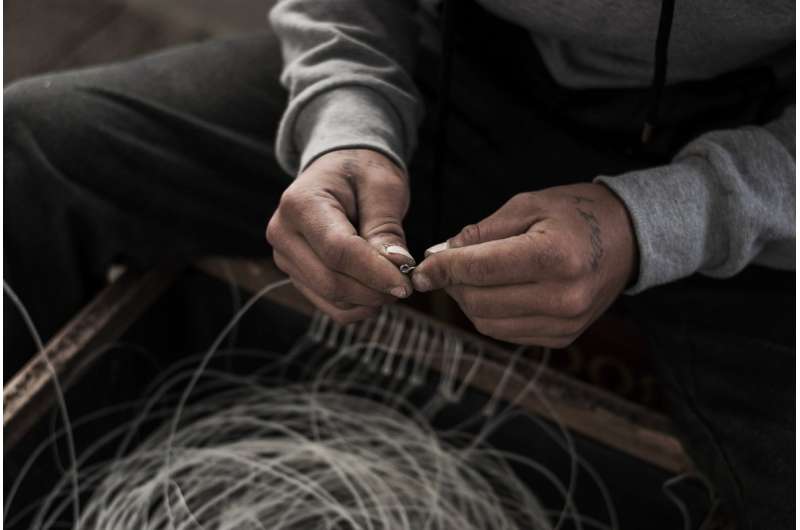Credit: CC0 Public Domain
A collaborative research project to identify and measure the effects of environmental drivers on several key Queensland fishery species—snapper, pearl perch, and spanner crab—has drawn to a close.
The work, which included University of Queensland researchers, has been timely, given concerns around changing environmental conditions impacting the abundance and distribution of fish stocks.
The species investigated in the study require management changes to recover stocks from low levels.
Department of Agriculture and Fisheries (DAF) coinvestigator Dr. Susannah Leahy said the project identified a number of environmental influences on the target species which may be contributing to current stock levels and may have long-term impacts on future abundance and distribution of these species in Queensland waters.
"For example, the number of juvenile snapper settling in inshore nursery habitats is significantly higher following cooler spawning seasons and when high planktonic food availability coincides with the end of the snapper open-water larval stage," Dr. Leahy said.
These environmental drivers were then incorporated into fishery biomass models to investigate their effect on the recovery of the fish stocks to sustainable levels.
The team integrated these models into a Rapid Adaptive Projections Tool (RAPT), an interactive software platform where users can explore the effects of different environmental conditions and harvest rates on stock recovery.
Project results will be presented by UQ's Dr. Wen-Hsi Yang at the upcoming World Fisheries Congress in Adelaide in September.
Results from this work will be provided to Fisheries Queensland to guide sustainable management of these species in Queensland waters.
Provided by University of Queensland
























